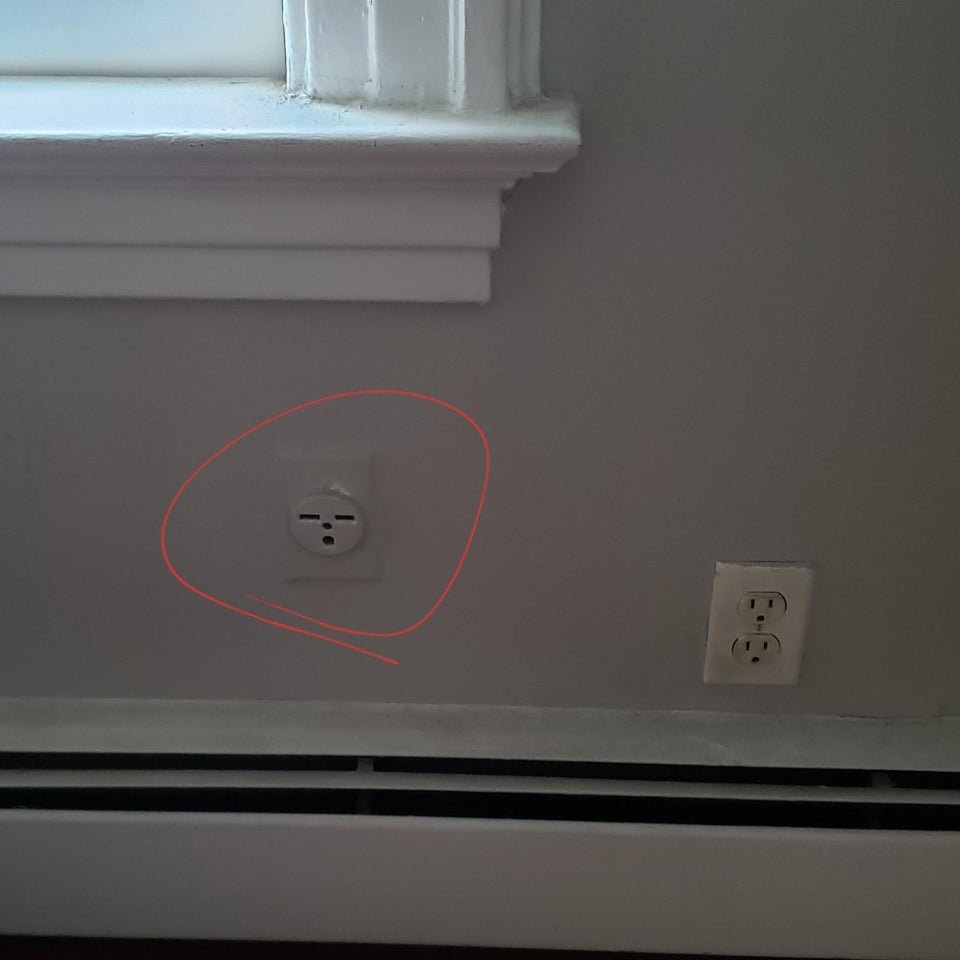There are a few things to consider before plugging your air conditioning system into a regular outlet. First, you need to check if the existing outlet is rated for the amperage your air conditioner draws. If not, it is time to choose a replacement outlet.
Using an extension cord to plug your air con into a regular outlet
Using an extension cord in plugging the air conditioning system into a regular outlet can be a risky practice. An AC unit typically requires a large amount of current, and the cord itself is not equipped to handle it. This can result in overheating and even fire. To avoid the risk of an electric shock or fire, you should always use a grounded house socket instead.
When using an extension cord, make sure it is short enough to reach the outlet. If the cord is too long, it can result in a drop in voltage at the other end. You should also check for leakage in the cord insulation. The longer the extension cord, the higher the chance of it bursting.
A good extension cord should support up to 15 amps of current. Check the manufacturer’s specifications to make sure it can handle the maximum current.

Checking if your outlet can handle the amperage of your air con
To check if your outlet can handle the amperages that your air conditioner uses, first check the voltage in your house. Most household circuits follow country standards: 220V or 230V in most countries. Once you know the voltage, divide it by the wattage to determine the amperage that the device needs.
You can also check the breaker to see if it’s tripped or not. If you’re not an electrician, try to use basic math to determine the correct breaker size. Divide the air conditioner’s wattage by the home’s voltage to find the breaker size. For example, a 5,000-watt air conditioner requires 46 amps of power.
If your outlet cannot handle the amperage of your air conditioner, you can try plug adapters. These adapters are used when the prongs or blades of an AC unit don’t match an outlet. When buying an adapter, you should also look for certification for the type of plug it takes.
Overheating caused by extension cords
One of the biggest problems with extension cords is overheating. It usually happens when you plug in an appliance that consumes more power than the extension cord can handle. Fortunately, there are several ways to avoid overheating by ensuring that your extension cords are properly insulated.
The first thing to do is to check the extension cord you are using. Make sure it is labeled #16 or a lower AWG, which means the cord has a larger wire. This will ensure that the cord is rated for the amount of current it can safely carry. Also, you should make sure that the cord is certified by an independent testing laboratory.
Another important tip is to check for burn marks and tattered ends on your extension cord. These are warning signs that your cord is damaged or overheating. If they are, you should replace them.
Choosing a replacement outlet for your air con
When choosing a replacement outlet for your air conditioning system, there are a few factors that you should keep in mind. The first factor is the type of plug that is used. The most common type is the 110-volt, 15-amp plug. This type is compatible with a standard three-prong outlet and features two vertical prongs on top and one grounding prong on the bottom. A larger air conditioning system may use a 220-volt plug that requires a special outlet.
Don’t forget to always consult a certified electrician.
Comments are closed, but trackbacks and pingbacks are open.